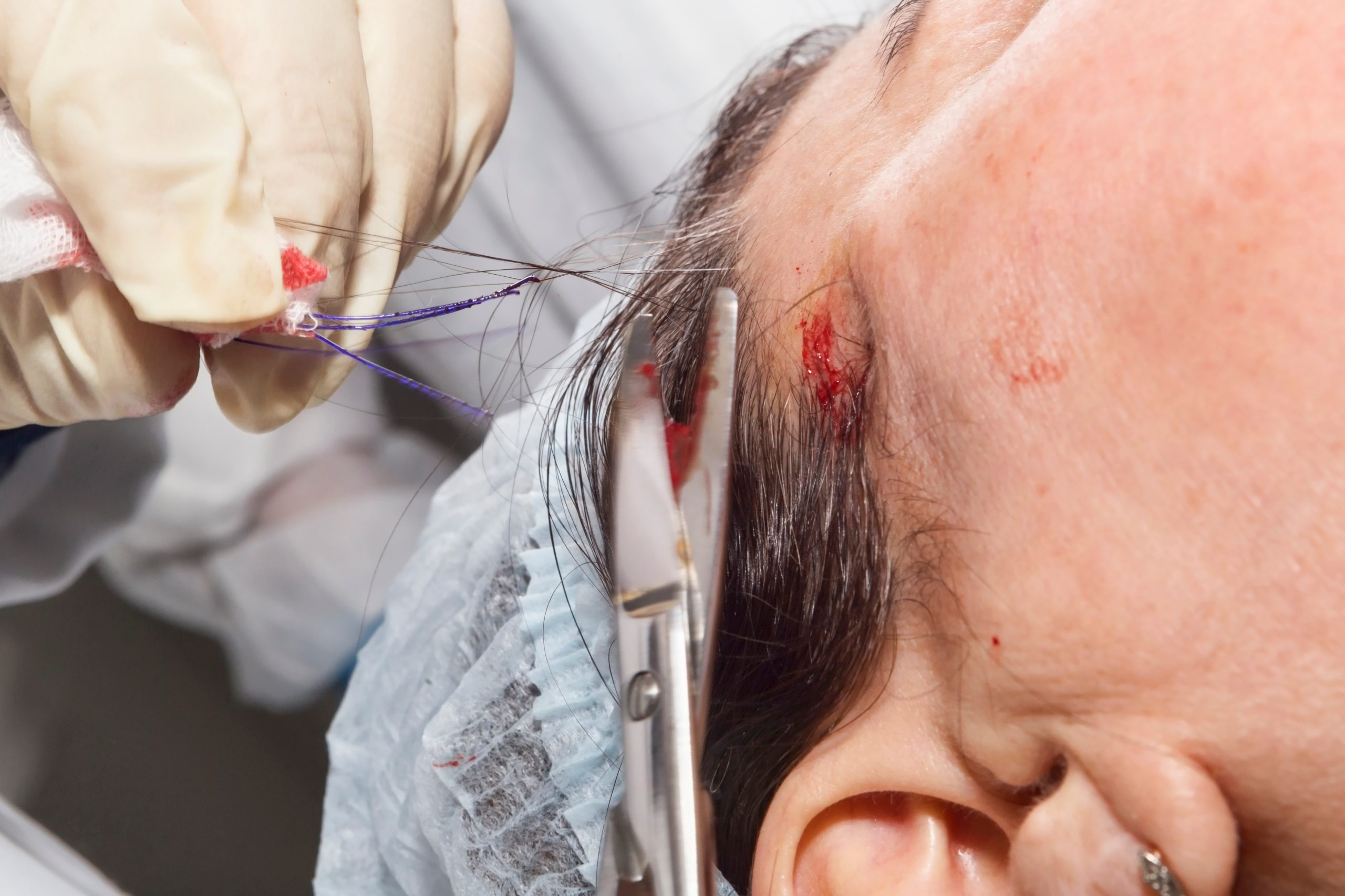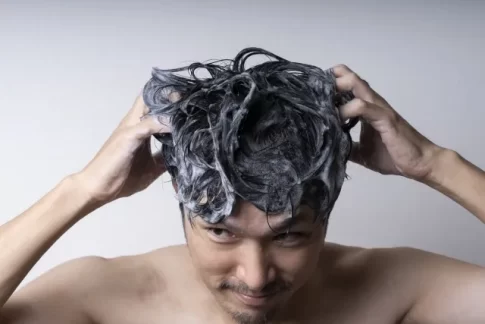この記事の概要
Hair transplant surgery is a surgical treatment for patients suffering from hair loss that aims to restore natural hair growth. Below you will find an overview of hair transplant surgery, the surgical procedure, the indicated patients, post-operative care, advantages and disadvantages.
Overview of Hair Transplant Surgery
Hair transplant surgery is primarily used to treat male pattern baldness ( AGA ), female pattern baldness, and hair loss due to injury or burns. Healthy hair follicles are harvested from a donor area (usually the back or sides of the head) and transplanted into the bald area to recreate natural hair growth.
Hair Transplant Surgery Method
FUT method (Follicular Unit Transplantation)
- Overview : A strip of skin is removed from the back of the head, separated under a microscope into follicular units, and then transplanted .
- Advantages : Many hair follicles can be transplanted at once , allowing for a higher density of transplants .
- Disadvantages : May leave linear scars at the donor site.
FUE method (Follicular Unit Extraction)
- Overview : Hair follicles are harvested one by one from the donor area and transplanted . The punch grafting technique is used to harvest the hair follicles by making small holes in the area.
- Pros : Less noticeable scarring and quicker recovery.
- Disadvantages : Long surgery time and limited number of hair follicles that can be transplanted .
DHI method (Direct Hair Implantation)
- What it is : A special pen-shaped device is used to directly transplant hair follicles .
- Benefits : The direction and angle of the hair follicles can be precisely controlled for a more natural result.
- Disadvantages : The surgery takes a long time and requires advanced techniques.
Suitable patients
Hair transplant surgery is suitable for patients who:
- Male Pattern Baldness ( AGA ) : Particularly suitable for men over 30 whose hair loss has stabilized to a certain extent.
- Female pattern baldness : This condition is treatable in some female patients, but requires a different treatment plan than male pattern baldness.
- Traumatic alopecia : It is also effective in treating alopecia caused by injury or burns.
Post-operative care
- Scalp care : After surgery, keep your scalp clean and use medications as directed.
- Activity restrictions : It is important to avoid strenuous exercise and strong irritation to the scalp.
- Follow-up : You will have regular check-ups with your doctor to check the condition of your implanted site.
Advantages and disadvantages
advantage
- Restoring your natural look : Because your own hair is transplanted , you can recreate a natural look.
- Long-term results : Once transplanted , hair usually continues to grow in perpetuity.
Cons
- Cost : Hair transplant procedures are expensive and may require multiple procedures.
- Recovery time after surgery : Downtime is required after surgery and it may take several weeks to several months to fully recover.










